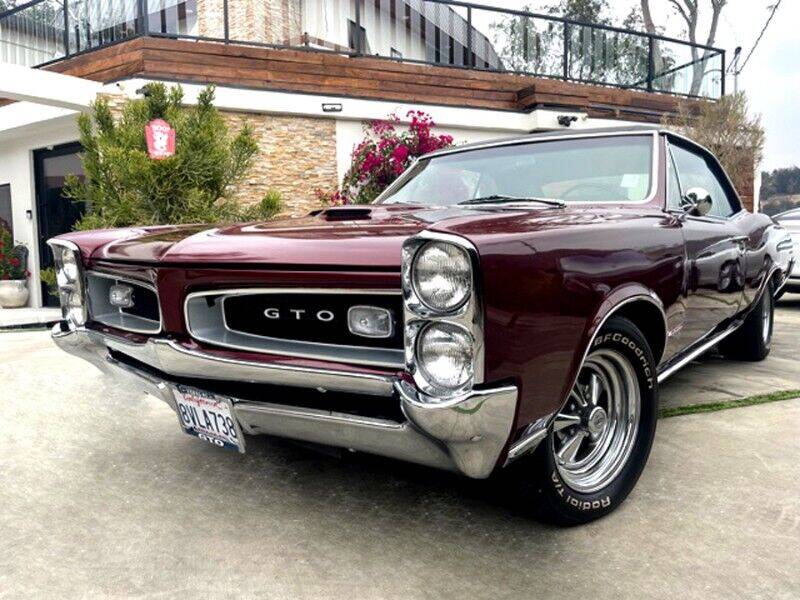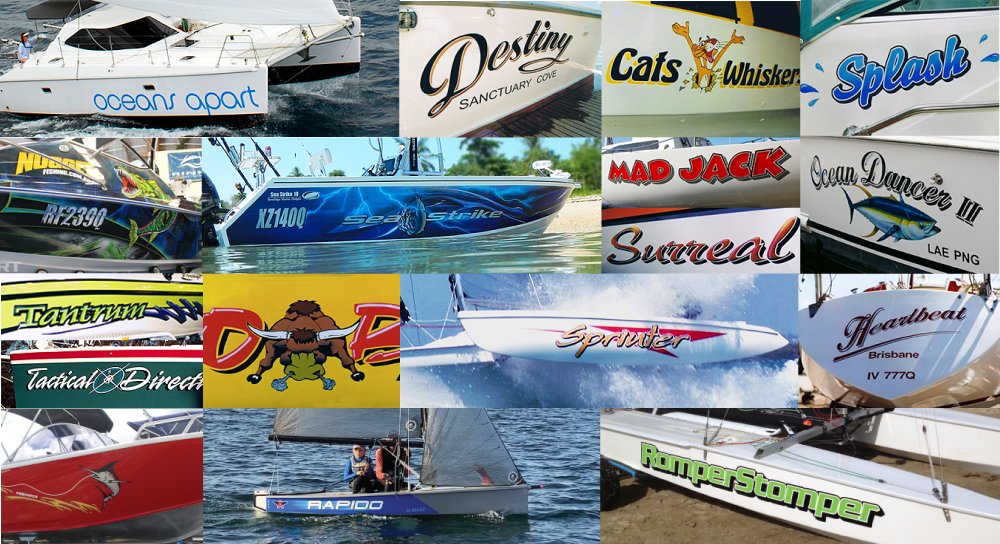
The model year of your Lincoln Continental is crucial when buying it. The original Continental model was discontinued in 1993. However, it was reintroduced for the 1980s. The Lincoln Continental was built to compete against the Cadillac Seville or the Imperial. This model was distinguished by its styling, which set it apart from the Ford Granada (Mercury Cougar) and the Imperial. The platform of the model shared similarities with the Ford Fox and Mercury Cougar as well as the Granada. The new Continental Mark VII also shared the Continental's wheelbase. This model was introduced during the 1984 model year.
Model year 1993
Four recalls have been issued to the Lincoln Continental in the 29-year history of the model. The 1993 model was no exception, with 4 recalled cars. Here's a look inside each of these vehicles. The 1993 Lincoln Continental has a number of unique features. One of these features is an improved center console with floorshifter, a center seat and cup holder. The interior is spacious as well as its trunk.
Model year 1994
The fourth-generation Lincoln Continental was available in three body types: the Sedan and Convertible. It was the fourth-generation four-door convertible, and it featured a power operated retractable hardtop. A retractable "breezeway", rear window was also included in the Continental. It was first introduced in the Mercury Turnpike Cruiser, in 1957. A second generation Continental followed the same styling principles with frameless door glass.
Model year 1995
The base price for 1995 Lincoln Continental was $40.750. It increased to $74,500 after production ended in 2002. The Continental also received refinements, including a more advanced suspension system and adjustable steering effort. There was also seat-mounted side airbags. Additionally, the sedan received a split bench front seat and a powered sunroof. Although production of this car ended in July 2002 the 1995 model is still available to purchase.

Year 1996
The Lincoln Continental, tenth-generation, introduced a new front design theme for its Lincoln division. Standard equipment included an electronic latch handle and a door lock. The button next to the door pull handle was used to unlatch the door. The exterior door pulls were integrated in the beltline window trim. This design is reminiscent of the third generation Ford Thunderbird. These changes were accompanied to a comfortable, new seating position.
Model year 1997
The 1997 Lincoln Continental was one of the last models produced by Lincoln. It was a luxurious car that ranked high in the luxury category. The second owner purchased the vehicle with just 13,000 miles. This luxurious car has only had minor repairs in order to remain in excellent condition. It was driven 16 years ago. The transmission was replaced at 50,000 miles. The levelers were replaced after 93,000 miles. The car's interior was elegant and comfortable. You could adjust the suspension for comfort and control.
Model year 1998
The interior design of the 1998 Lincoln Continental has been improved over the model before it. New interior trim includes bird's eye maple on the dashboard and textured suede on the dashboard. Overall, the cabin feels roomier than the previous model, with a slightly smaller back seat. It is however smaller than the Seville in interior space. Despite its new exterior design, the 1998 Lincoln Continental offers excellent value for money.
1999 model
Comparing the 1999 Lincoln Continental model with its predecessor, Chrysler Town Car, you will see that the Lincoln Continental is just 5 inches wider and 7 inches shorter. But it has a much better engine. The DOHC engine in the Continental's 4.6L V-8, on the other hand, is available in Town Car's SOC or single overhead cams. It has a horsepower increase of 260 to 275 horsepower at 5,750 RPM.
Model year 2000
The new V8 engine in the Lincoln Continental is one of the biggest changes since the last generation of this luxury sedan. This engine produces more power than the previous generation of the car, and it is faster, more agile, and packed with electronic gadgetry. The engine can accelerate to the same speed as a Cadillac Seville SLS while still getting 16.3 mpg. The Lincoln Continental also came with the latest electronic suspension. But it doesn't really impress. Normal mode is the most efficient.

2002 model year
The Lincoln Continental model year 2002 is largely the same. A new exterior color is now available. The Vehicle Communication System is also available. It includes a vehicle communication system (VCS) that includes a handheld digital-to–analog phone. A power moonroof is included, as well as a six-disc changer. The cabin is spacious and can hold up to six people. The Lincoln Continental's warranty will remain at 4 years/50,000 miles.
Model year 2003
The Lincoln Continental was the final car in the Continental lineup for model year 2003. But its success is not solely due to its design. The 1961 Continental was the inspiration for its interior. It featured retro-looking gauges, as well hidden infotainment options. It was also one among the most luxurious cars on the market. The 2003 model had the best interior of any Lincoln.
FAQ
What are the basics of car mechanics?
You don't need to know anything about cars to work as an auto mechanic. Only you need to know how things work. This is why most people get started with simple jobs such as changing brake pads or tires. Then they move on to more difficult repairs.
You'll need to know how to read diagrams, understand written instructions and follow basic rules of good practice. It is also important to know how to determine if parts are damaged or need to be replaced.
It is important to remember that proper training and guidance are essential for anyone who attempts to repair vehicles. This is especially important if you work with expensive parts such as transmissions or engines.
In fact, even though you won't need to know much about cars, you will need to thoroughly know the basics of mechanical engineering and physics. This involves understanding how engines work and how brakes work.
Noting that all situations are possible, it is important to be prepared. You might be required to work on a vehicle that was involved in an accident. Experience with accidents and breakdowns is also a must.
It is important to be open to learning new skills quickly. It is important to be able both to diagnose problems and perform simple maintenance tasks, such as tightening nuts.
What is the distinction between a mechanic or an automotive technician?
Although they may be similar, they are not identical. A mechanic repairs cars while an automotive technician does maintenance on them.
A mechanic should be able to do simple tasks quickly and have good manual dexterity. A mechanic must be able diagnose and fix problems quickly and accurately.
An automotive technician is required to have more technical knowledge than a mechanic. They must be capable of reading blueprints and using tools such as drills, wrenches, etc.
They should be able safely to perform complex procedures. They must be familiar with all types of electrical and engine systems.
They must also be able comprehend how the various parts interrelate with one another.
This means that mechanics usually make less money than automotive technicians. Both careers have many options.
How long does a good mechanic take?
A mechanic is only an expert if they have years of experience. It is best to learn how to fix cars under the supervision and guidance of a professional mechanic.
You will spend time in a workshop learning everything you can about cars. You will need to read books on mechanical engineering and car design.
Auto school is also required.
It is important to get started early. Do not wait to learn automotive technology. Start studying automotive technology now to become a mechanic.
Is it worth learning to be a mechanic?
The answer to this question depends on what you want from life if you are looking for money, then yes, but if you're looking for meaning and purpose, then no.
It's not worth learning mechanics if you don’t have the skills. You'll waste your time. It's not going make you millionaire. It won't make your name famous. And it's unlikely to change your life.
You'd need to spend years learning how everything works. Then you'd still have to pay someone else to fix your car when it breaks down. It's the reason most people don't bother. They find something more worthwhile.
In conclusion, if money is your main goal, you should go ahead. If you are looking for a fulfilling life, however, then stay clear of the mechanics' industry.
What kind of car mechanic jobs exists?
Three main areas of employment are available for car mechanics:
-
Automotive repair shops
-
Dealerships
-
Independent garages
Automotive repair shops
This is where most people first think of becoming a mechanic. It's also the easiest way you can get started. You can either work at a shop owned by someone else or set up your own business.
If you plan to work in a shop, you must apply to join the union. After being accepted into the union, the union will provide training.
Once you complete the training, it's time to get started.
If you plan to open your own garage you will need to register with government. Once you have registered, certain standards will be enforced.
After you have registered, you will be issued a license to operate your garage.
You can sell spare parts or do minor repairs with your license. It won't allow you to fix major engine problems.
Apart from selling spare parts, customers will also expect you to provide guidance and advice.
Dealership jobs
Most dealerships employ mechanics who specialize in one area of the car. They might specialize in one area, such as brakes and tires.
Some dealerships have the option to hire general mechanics who can take care of all aspects.
These positions often require applicants that they undergo special training before being allowed work. This means employers can choose which candidates are best suited for their role.
Some dealerships will even hire graduates right out of university. These graduates are familiar with the fundamentals of mechanical engineering so they can easily learn about cars.
Independent garages
Independent garages are not associated with any one dealership. Instead, they focus on high-quality customer service.
Independent garages don't have to be associated with any particular company. This allows them to offer higher wages. These jobs generally pay better than those at dealerships.
Independent garages can be just as good places to work, but this does not mean they are better. Many business owners prefer to be in control of their businesses than to delegate it to employees.
You may find yourself working for long hours and not having control over the day.
Also, expect to make lower wages than if your job was at a dealership.
The good news? You can easily switch between different types of jobs. You can switch jobs easily if you are interested in working at a dealership. Simply ask your employer if they would be open to hiring you as a mechanic.
If you prefer to work in an independent garage, you might consider applying directly to its owner.
Finding a new job is not always easy. Many other factors can also influence the amount you earn.
Consider, for example, what type of vehicle you are repairing and whether additional labor charges will apply.
How long is an automotive mechanic apprenticeship
The apprenticeship to become an automotive mechanic takes about three years. This includes two years in school and two as an apprentice. The first year is dedicated to learning the theory and practical skills of the trade. This year, you will also learn how to safely and efficiently use tools. After you have completed the first year of training, you will be able to spend an additional year on-the job learning different trades. You will have the opportunity for formal training during these years.
The final year is dedicated to earning certifications and qualifications in the field. These include NVQs (National Vocational Qualifications), that are given after passing specific industry exams. There are also HNCs (Higher National Certificates), which cover general subjects like management, business administration, customer service, and more. City & Guilds certificates can be obtained for individuals who want to learn certain trades.
Statistics
- There were 749,900 jobs available for automotive service technicians and mechanics in 2016, which is expected to grow by six percent through 2026. (jobhero.com)
- According to the BLS, total auto technician employment is expected to exceed 705,000 by 2030. (uti.edu)
- According to the BLS, the median annual salary for automotive service technicians and mechanics in the United States was $44,050 in May 2020. (uti.edu)
External Links
How To
How to make a business plan and start a repair shop
Before you start anything, you should have a good grasp of the basics of starting a business. First, make sure you know what type of business it is. You may want to consider getting started in a small town with few competitors. It will make it easier to find another job, even if things go wrong. If you decide to open your own auto repair shop, then you'll probably want to choose a location near a large population base. Customers will be more likely to visit you if they have problems. You can also sell parts at very low prices to them.
You might consider opening a franchise opportunity when you start your own business. Franchises require less capital investment to open than traditional businesses. However, monthly fees and royalties are still required from the franchisor. You must also be careful when choosing a franchise. Many franchises promise high returns, but do not deliver.
If you already have experience working in retail, then you could try running your own auto repair shop. Many people who own their businesses feel it was one the best decisions they have ever made. You still need to make a business plan prior to you can start. It is important to write down every goal you wish your business to achieve. This could include goals such as increasing sales or improving customer service. These goals can be written down and you can start looking for ways to reach them.
You may be interested in opening an auto shop. Next, you will need to find out how to finance it. Most people borrow money from banks and credit unions to fund their businesses. Banks typically require collateral, meaning you must have something of value to offer as security. Many people take out loans against their home. To be eligible for a loan you must prove that you have sufficient cash flow to repay it.
Once you have secured financing for your business, it is time to get a license. There are several licenses that you could obtain, depending on the type and purpose of your business. A state license is required for auto mechanics, but a federal license is required for body shops.
A marketing strategy is the last thing you need. Before you can start advertising, it is important to define what your company stands behind. What makes your business different from other companies? How can your business improve on the work of others? These questions are part of creating a strong brand image. You'll be more prepared to design successful advertisements with this information.